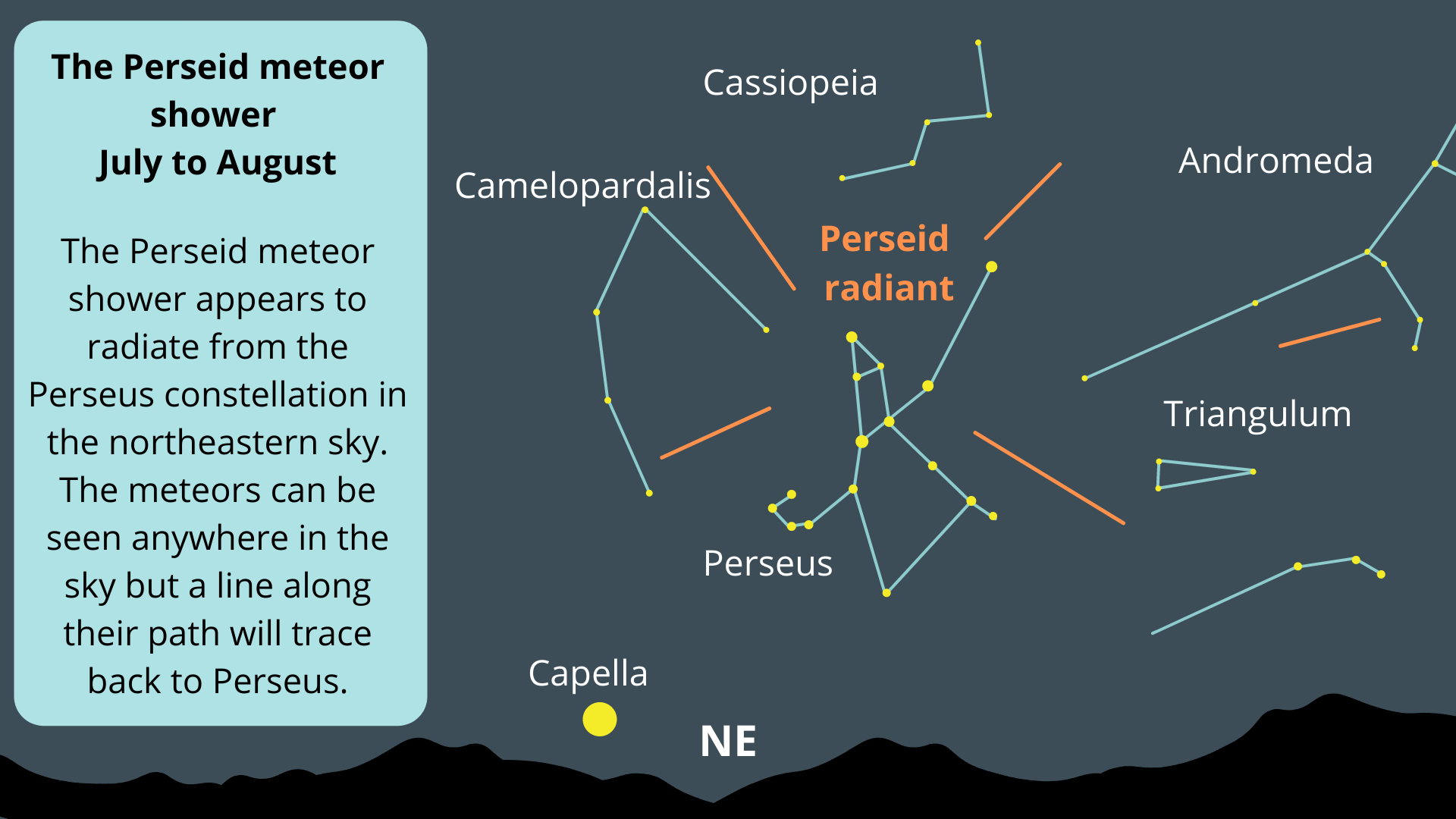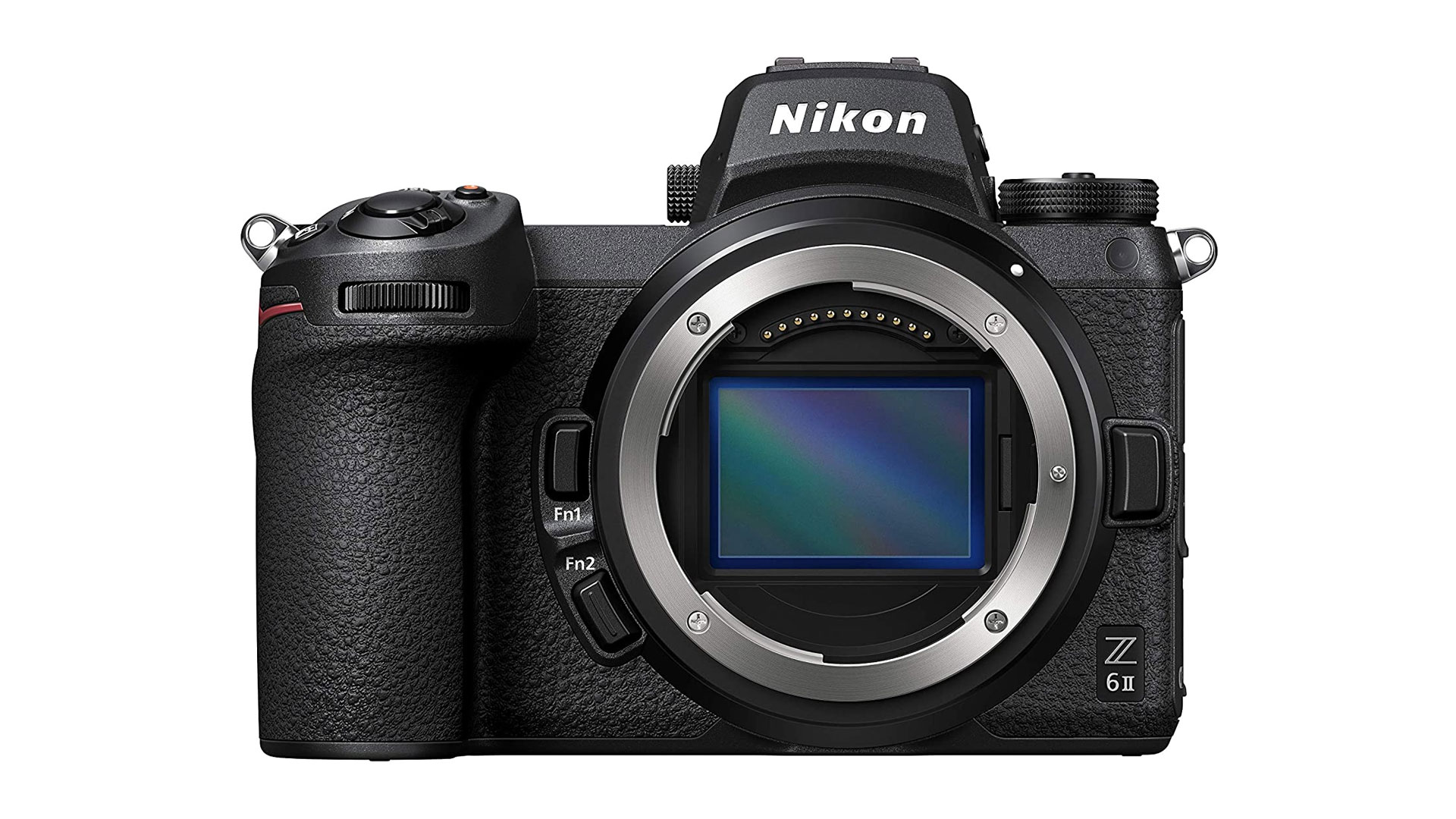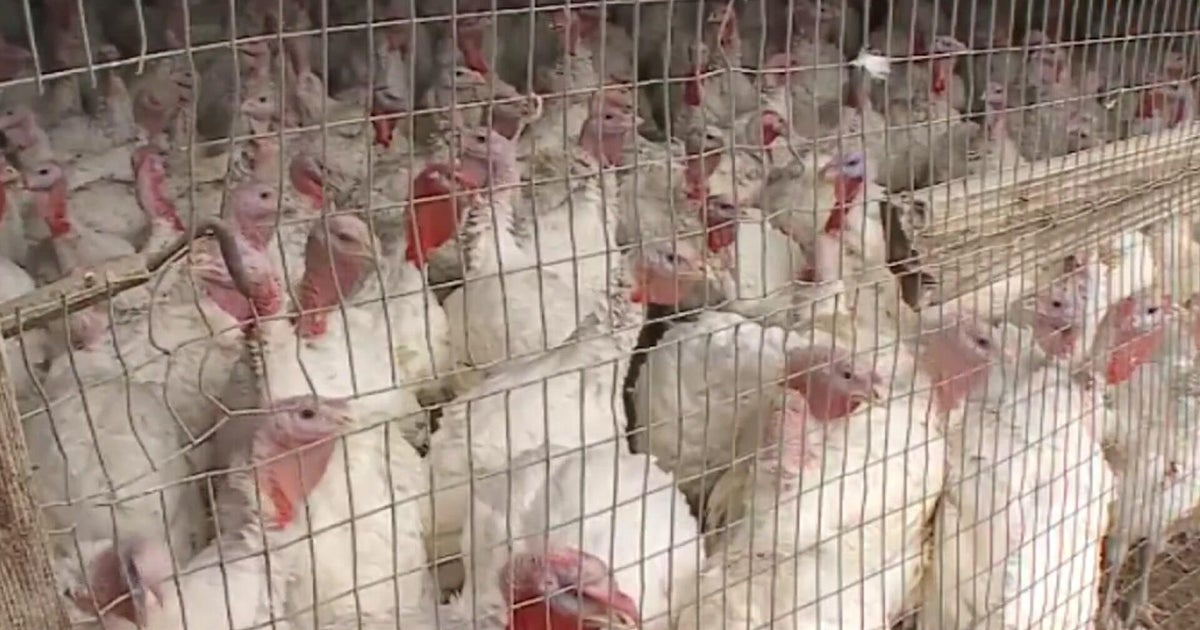The Perseid meteor shower hits its peak on Aug. 12-13, bringing with it a torrent of shooting stars along with the potential for spectacular fireball sightings.
The Perseids are one of the most highly anticipated shooting star displays of the year. However, the 2025 shower happens to coincide with the rise of a waning gibbous moon, the glare from which will make it a challenge to spot all but the brightest of meteors.
Still, it’s worth heading out to a dark sky location for a meteor hunt, especially in light of the Perseids’ reputation for spawning impressive fireballs! The best time to spot Perseids will be in the predawn hours of Aug. 13, when up to 100 shooting stars per hour would be visible under ideal conditions, though many will be hidden this year in the glare of the 86%-lit waning gibbous moon.
“The best rates will probably be near 15 per hour as dim meteors make up a majority of the activity,” meteor expert Robert Lunsford from the American Meteor Society, told Space.com in an email. You may also catch meteors as early as 10 p.m. local time, according to NASA.
“You can watch for long Perseid earthgrazers as soon as it gets dark until the moon begins to interfere. This will be about an hour for most folks,” Lunsford continued.
Though the rates will be low at this time, any meteors spotted will be long and impressive, Lunsford explained.
You can differentiate between Perseids and shooting stars from other origins by noting the path that a meteor takes as it blazes through the night sky.
Lunsford also recommends looking for Perseids sometime between 1 and 5 a.m. local time while looking toward the north with the moon at your back. “This is when you will see up to 15 per hour,” Lunsford said.
Meteors associated with the August shower will always be spotted streaking away from a point of origin — or ‘radiant’ — located close to the magnitude 3.89 star Eta Persei in the constellation Perseus, which can be found in the northeastern sky with the moon and Saturn off to its right on the night of Aug. 12.

To find the ideal meteor hunting patch of sky, simply locate the radiant using a smartphone astronomy app, and find a spot roughly 40 degrees above it. Here, the meteor trails will be the longest. Remember, the span of your clenched fist when held at arm’s length against the night sky accounts for roughly 10 degrees.
TOP CAMERA PICK

Looking to capture an image of a Perseid meteor for yourself? Then be sure to check out the Nikon Z6 II, which features a rugged design perfect for hunting shooting stars. Read our review of the Nikon Z6 II to find out more.
The Perseid meteor shower is an annual event that occurs as Earth passes through the trail of debris shed by comet 109P/Swift-Tuttle. Shooting stars can be seen when tiny comet shards strike our atmosphere at speeds of up to 37 miles (59 kilometers) per second, causing them to leave a fiery, if short-lived, trail in Earth’s sky.
“The peak is the best time to view regardless of the situation with moonlight,” Lunsford explained. “Rates fall by 50% each night after the peak, so by the time the moon is out of the way, there is little left to watch.”
Editor’s Note: If you capture a picture of a Perseid meteor and want to share it with Space.com’s readers, then please send your photo(s), comments, and your name and location to spacephotos@space.com.
Source link

